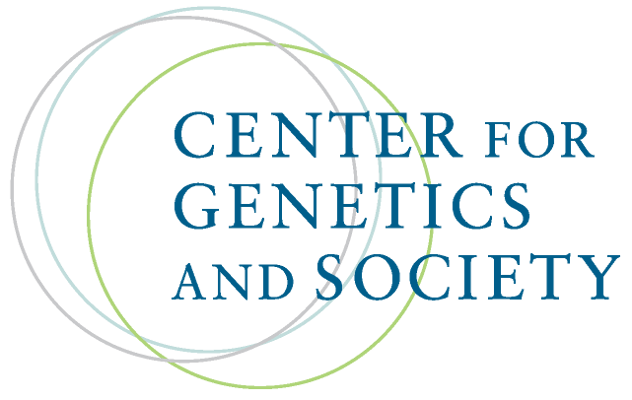The slippery slope of the human gene editing debate
By John Evans,
Oxford University Press Blog
| 09. 22. 2020
The ethical debate about what is now called “human gene editing” (HGE) began sixty years ago. At the time, eugenicist scientists wanted to use new knowledge about the structure of DNA to modify humans—to perfect the human species by making us more healthy, musical, intelligent, and generally virtuous. A consensus later formed that gene editing on individuals to remove disease is acceptable, but nobody should try to change the human species. This is known as the somatic (individual) vs. germline (species) distinction, and it served as a moral limit on HGE for 50 years. A few years ago the news broke that a Chinese scientist had facilitated the creation of children who have been genetically modified so their descendants would also be modified—germline HGE. The germline limit now seems to be gone. Are there any limits left?
The HGE debate, like many bioethical debates, is set up like a slippery slope. At the top is an act universally considered morally virtuous (point A). Stepping on the slope at the top makes the act a little bit further down the slope...
Related Articles
By Darren Incorvaia, Fierce Biotech | 05.28.2025
An international group of gene editing leaders has put out a call for a 10-year ban on heritable human genome editing (HHGE), extending a moratorium that was first proposed in the fallout of a Chinese researcher’s widely decried use of...
Last week, May 21–23, a broad range of experts gathered in Boston to discuss the future of powerful biotechnologies with the potential to change what it means to be human. The fourth in a series of international Summits on human genome editing, this event was organized by the Global Observatory for Genome Editing, which “seeks to expand the range of questions arising at the frontiers of emerging biotechnologies … and fosters international, interdisciplinary, and cross-sectoral dialogue.” Like previous Summits...
By Caiwei Chen and Antonio Regalado , MIT Technology Review | 05.23.2025
Since the Chinese biophysicist He Jiankui was released from prison in 2022, he has sought to make a scientific comeback and to repair his reputation after a three-year incarceration for illegally creating the world’s first gene-edited children.
While he has...
By Kevin Davies, Genetic Engineering & Biotechnology News | 05.21.2025
This week a diverse group of researchers, bioethicists, publishers and theologians, are gathering in Cambridge, Massachusetts, to extend and expand the rolling debate about the merits of human heritable genome editing (HHGE). The international summit is being hosted by the...



